One of the best feelings is when you complete a redecorating job in your home. But it takes a lot of planning, hard work, and know-how to complete a job like this. And one of the crucial tasks we need to undertake when we’re redecorating is painting. While this might not be anything special, painting high walls can be messy and tough for someone who doesn’t know where to start.
Knowing how to paint high walls is not science, but it can be a slightly challenging prospect for someone who isn’t 6.5 feet tall! But many homes do have high walls, as they can make a room feel more open and relaxed. Closing the gap between the brush and the surfaces, in this case, is crucial.
Of course, reaching the high walls and ceilings is impossible with just a brush, so you’ll need some tools for the job. You’ll find out that painting high walls can become a real workout for your body, especially if you find yourself out of shape!
Let’s take a look at how to paint high walls and not make a mess out of it.
Picking the Right Tools
Having the right tools for the job will make the painting process significantly easier. Possibly the best and most effective way is to use a ladder or a scaffold to access the high walls. Additionally, an extension pole will be invaluable here. But how do you know that having a ladder is necessary for your job?
Choosing the Ladder
In most cases, a ladder will be more than enough to complete the job. Multi-function ladders, or ladders of 6’ or bigger are more than adept for the job. You can even decide for bigger stepladders to give you more comfort for the task. But in any case, don’t use a ladder that will force you to overextend yourself constantly – these ladders are too short. Get a new one.
Here are some tips when choosing your ladder.
- It’s not recommended that you stand on the top two or three steps of the ladder. Standing on the top-most step should never be done, as it can cause you to fall.
- Measure how high your walls are, and make sure that the ladder you’re picking up is suited for the surroundings.
- Avoid buying ladders that are too short at all costs. This will force you to overextend constantly, and you’ll feel the effects of that the next morning.
- On the other hand, avoid choosing the ladders that are too high. This will also force you into comfortable positions. It’s an easy distraction, so get a ladder that’s just right. Of course, you’ll only be able to do that with measurements.
- If you’re not sure of the height of your walls, you can always get an adjustable ladder.
- Make sure that your ladder is placed on safe ground, so that you’ll be able to make several trips up and down the ladder.
- Try to do a proper job the first time you start painting. This is to avoid climbing up and down the ladder several times, which can become an issue when you have to do that constantly.
What About Scaffolds?
On the other hand, the other alternative to a ladder are scaffolds. These will be more sturdy and safe, and they will provide a much more stable platform. Also, you won’t have to climb up and down like you would on a ladder, and you’ll be able to continue to work for extended periods.
Assembling the scaffolds can be a challenge in itself, though. Make sure that you follow the instructions provided by the manufacturer. Additionally, there’s a lot of work with scaffolds, as they are cumbersome and need carrying around, so if you don’t want an additional aggravation, then you might as well go with the ladder.
Rent the scaffolds if you don’t have them or you don’t have money to spend. Casters are the best choice that will help you move the scaffold placers around your home.
Always remember to lock the scaffolds before you climb up the scaffolds, though!
Extension Poles
Buying additional extension poles is almost always necessary. But even more so if the walls in your house are not that high, and you would be able to reach them with the extension pole only. In that case, you won’t even need a ladder or even scaffolds, and an extension pole is the only thing to buy.
Though it may be tough to get precision with extension poles as you would be able to get without them. You can also purchase an angled cut-in brush or a threaded handle that will make your job significantly easier.
Also, consider using extension poles with a ladder or scaffold. This can maximize your performance and make your job easier.
So now you’ve picked your tools, it’s time to go to work!
How to Paint High Walls
Here’s a step-by-step tutorial of how to paint high walls easily. Let’s get started!
- Prepare everything to get started with the job. Clear all your tables and surfaces before you transport them to other rooms or other areas of your home. Make sure that you protect the furniture with plastic sheeting to make sure no spilling make their way onto the furniture.
- Start preparing the wall for painting. This includes covering any potential holes you find in the wall. Use spackling paste to do that. If you see these holes, there’s no reason to worry; the spackling paste will cover them effectively and make the surface smooth. Wait for the paste to dry out before you start painting.
- Climb the ladder and take paint with you, as well as the brush, and the paint bucket holder that will hold the tools for you.
Then, you can start making your way with painting. Dip the brush into the paint, and make draw a straight line with your angled brush. Place the brush ¼ inch from the ceiling while fanning the brush.
When you go up and down, don’t forget to bring the bucket with you. This will help you prevent spilling onto the floor. This can be a good workout, especially if you climb up and down a lot.
- After cutting in, you can start enjoying with the painting. Switch your tools to the roller, and attach it to the extended pole. Start making your way from the top down, and try to make sure it’s thoroughly applied.
A good way to make sure everything is covered is to make W shapes across the wall, and then covering these shapes with paint.
Make your way towards the bottom, and try to be as accurate as possible. You can come down the ladder and paint the bottom section with the roller in your hand.
- Wait for a bit, let the paint dry out a bit. That way, you’ll be able to see how well you’ve done your job, and whether you’ll need a second coat. In most cases, you will have to apply an additional coat to make the job complete.
A good way to avoid using the ladder all the time is to do two layers of cutting before you start rolling.
Tips and Tricks
- Be careful with climbing the ladder or scaffold. Make sure that someone else is at home with you in the case of an accident (god forbid, though!)
- Know that painting can be a messy process, so wear something you can afford to mess up. Additionally, protective gear can be extremely important here. Wearing glasses is a great option, as well as a respirator mask that will protect you from the potential toxins.
- If you’re intimidated by climbing onto the ladder, you will be better off with renting a scaffold. However, be prepared to spend extra.
- Make sure you don’t have pets or children running around the room as you paint, as they can potentially knock you down from your ladder.
If you enjoyed reading this article about how to paint high walls, you should read these as well:
- How to paint a bathroom vanity quickly and with no stress
- The best living room paint colors you can try to improve your room
- How to clean walls with flat paint without ruining them
The post How to paint high walls and do a great job appeared first on Impressive Interior Design.
source https://www.impressiveinteriordesign.com/how-to-paint-high-walls/
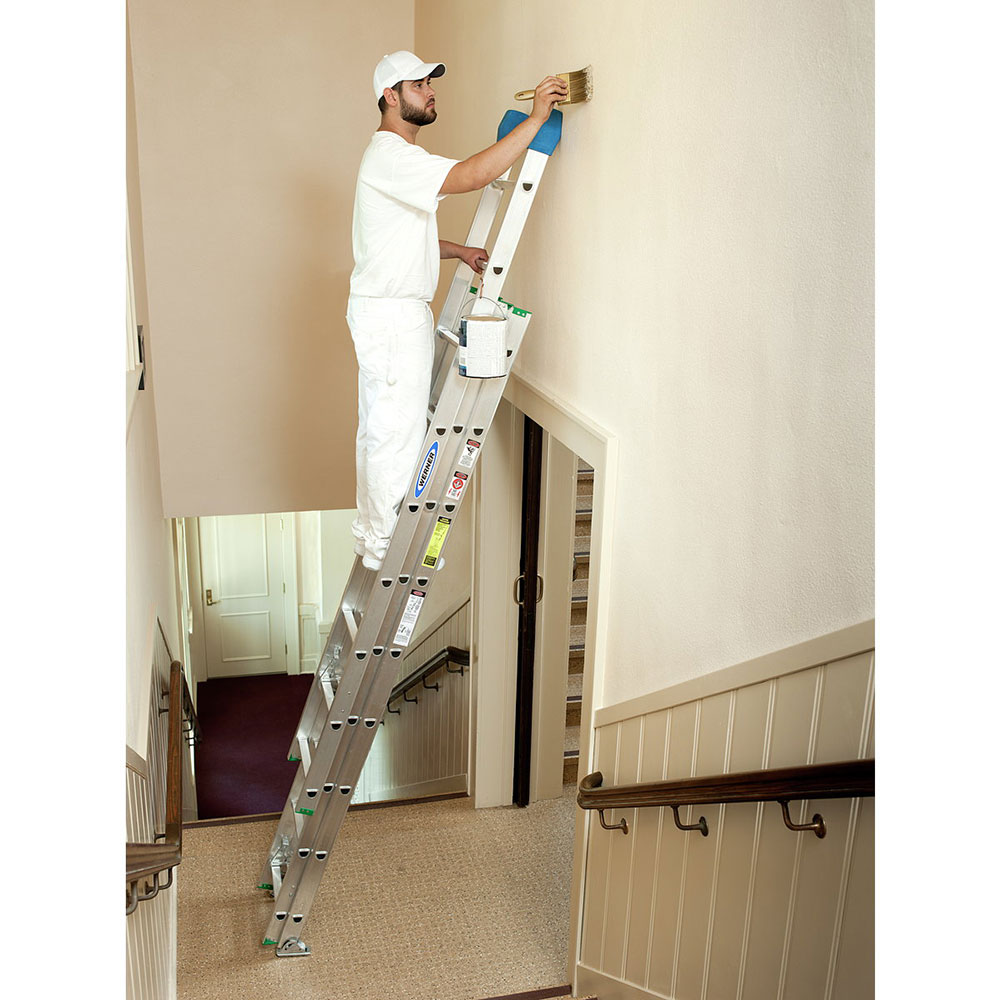
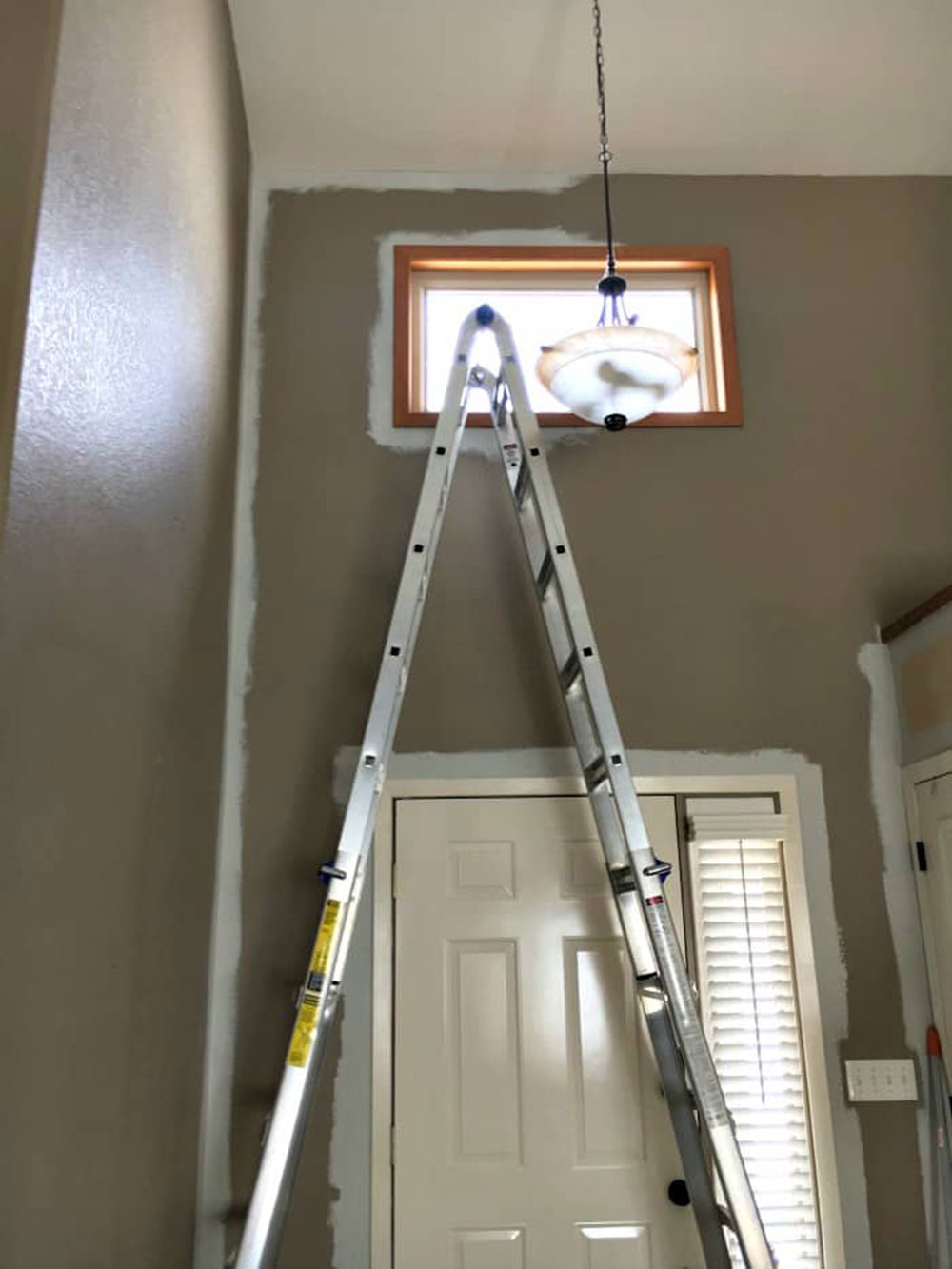
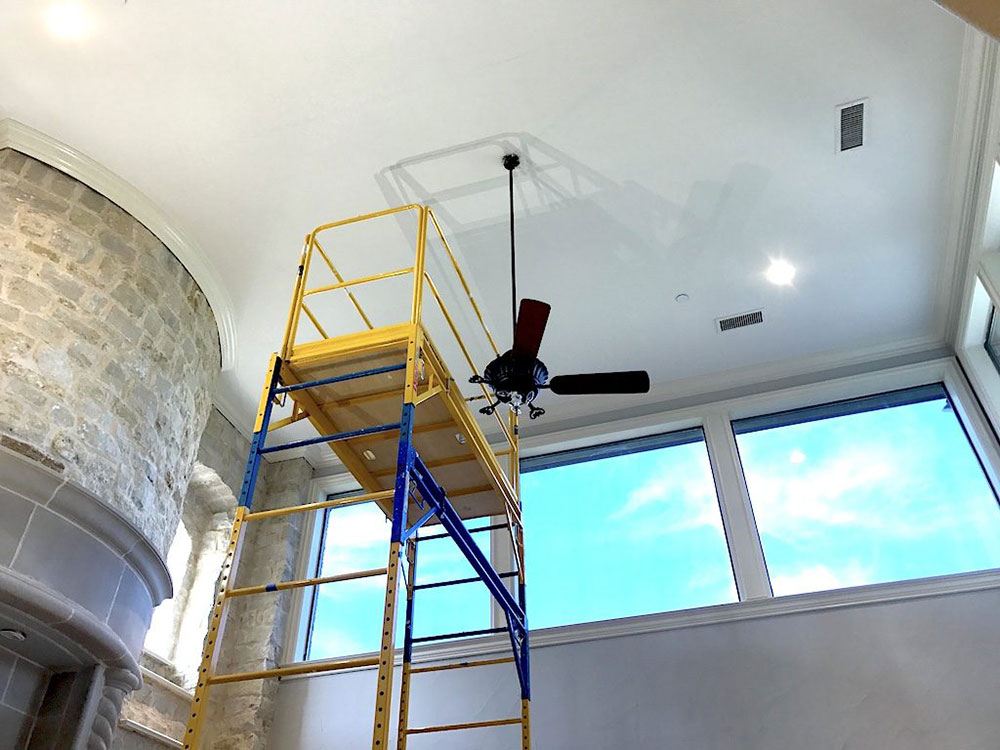
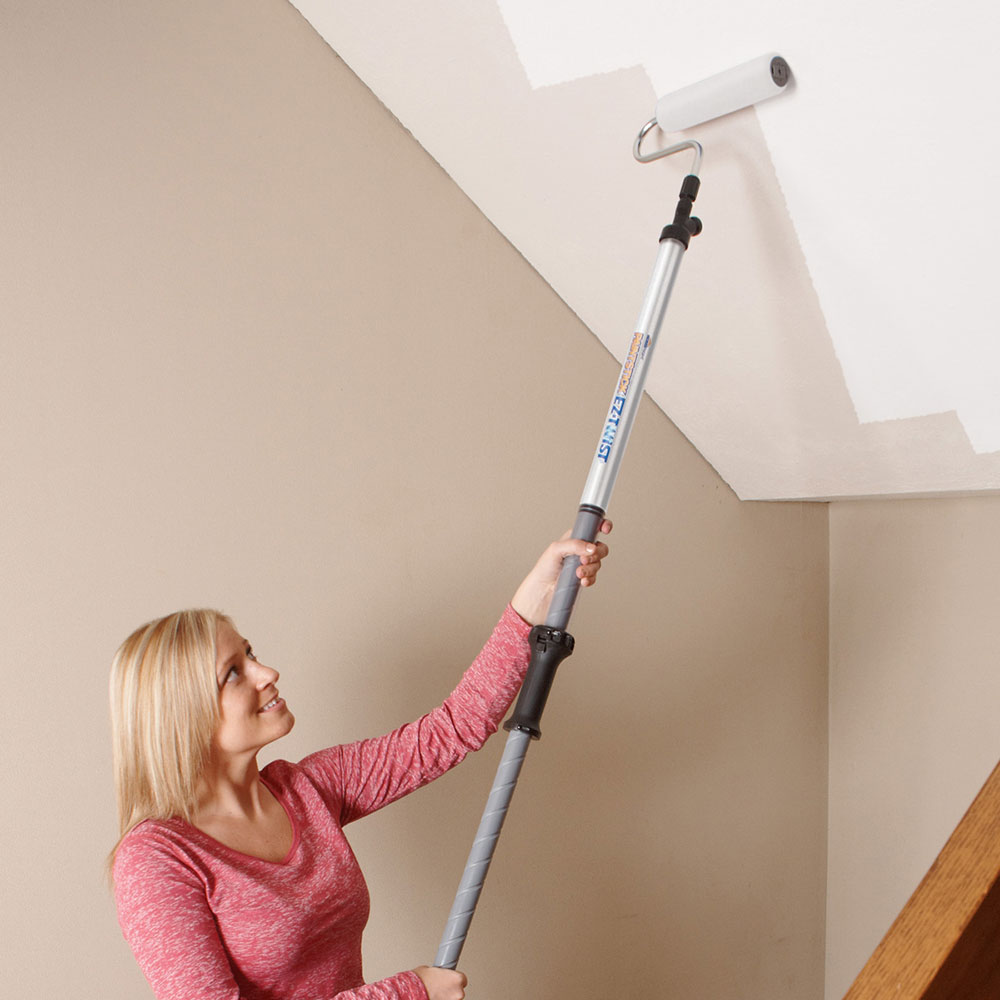
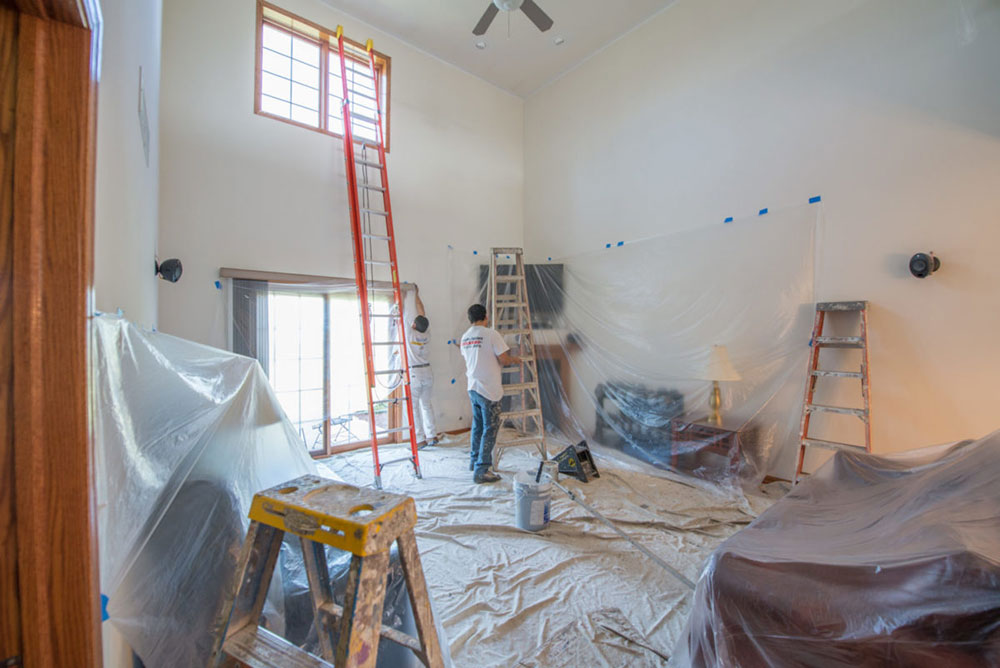
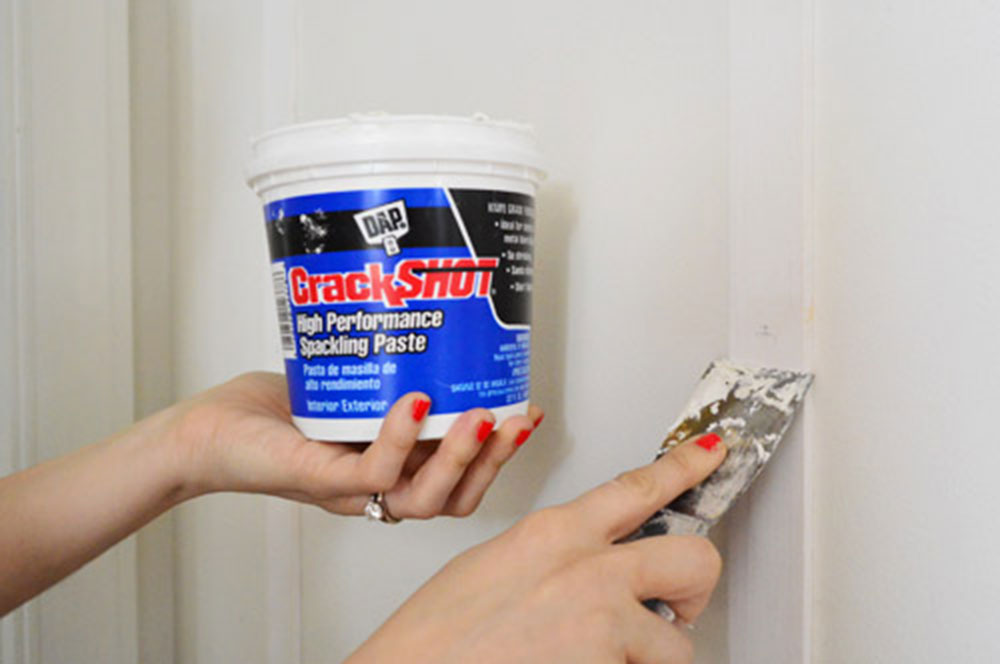


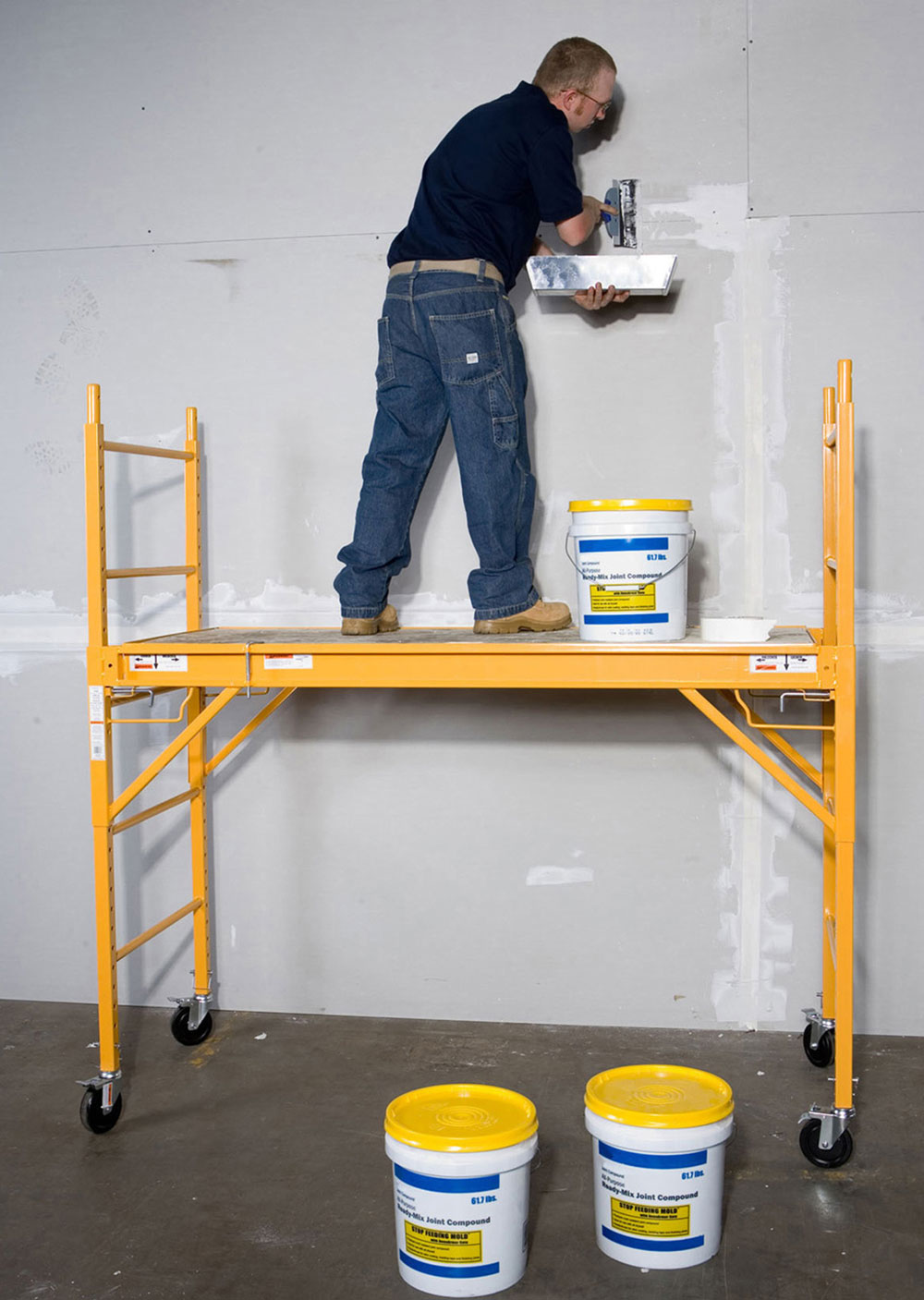
No comments:
Post a Comment